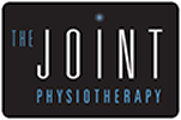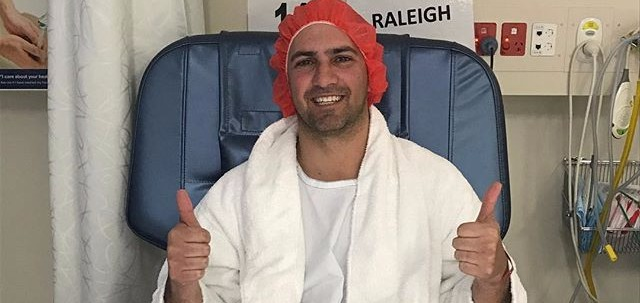A common shoulder ailment explained
Written by Nathan Laios, Physiotherapist at The Joint Physio
Those who have visited The Joint in the last few weeks may have noticed our director, Adam, floating about the clinic in an arm sling. He unfortunately required surgery for a common shoulder problem that plagues young and elderly patients alike; the rotator cuff tear.

What is the rotator cuff?
It’s a group of four short muscles that originate from either side of the shoulder blade and attach into the ball (or tip) of the shoulder joint. Their job is to create rotational arm movement and provide added stability to the shoulder joint.
How and why does the rotator cuff get injured?
Day-to-day life requires our shoulders to move in a multitude of directions. Unfortunately, the position of these tendons under the acromion (the arch of bone at the tip of shoulder) leaves then vulnerable to impingement. It’s this anatomy and need for mobility that renders the rotator cuff tendons (or attachments to the bone) vulnerable to degeneration (“wear and tear”) or even acute injury with high force arm movements.
Injury to the rotator cuff tendon(s) is often categorised on spectrum of severity from tendon irritation to tendon fraying, to tearing, to full rupture off the bone. Moreover, rotator cuff pathology is often associated with damage to other structures that too fall victim to the biomechanical demands of the shoulder. These include:
- Bursa – a fluid sack that sits between the tendons and bone and prevents friction
- Biceps tendon – which also attaches near the point of the shoulder
- Acromioclavicular or AC joint – where the collar bone attaches to the shoulder
- Labrum – the rim of cartilage around the socket of the shoulder joint
What are the symptoms?
- Pain around the shoulder, upper arm and neck. Pain can spread down the arm in more serious cases
- Pain and restriction lifting the arm overhead or placing it behind the back
- Weakness lifting and carrying objects
- Pain or inability to lay on the shoulder
How are they diagnosed?
Physios are often great at finding rotator cuff injuries with clinical assessment. Further analysis can be done through and ultrasound or MRI scan organised by your doctor.
Treatment for rotator cuff injuries:
Treatment modalities will vary depending on the nature of the injury and the functional demands of the patient. They aim to reduce pain, improve range of motion and strengthen the shoulder girdle to prevent re-injury. Initial management should aim to use conservative, non-invasive measures before injections or surgery are considered.
Treatments can include:
- Physiotherapy – hands on and exercise therapy as well as advice regarding activity modification
- Anti-inflammatory medication
- Cortisone injections around the tendon – a more localised and potent way of reducing inflammation
- Surgery to open space around the tendon or stitch up tearing. As in Adam’s case, this is often followed by a progressive three-month rehabilitation programs including up to six weeks in a sling!
To finish:
Rotator cuff injuries are likely to affect most people at some point or another. Early diagnosis and management is key, as this will allow for faster results and prevention of future injury.



